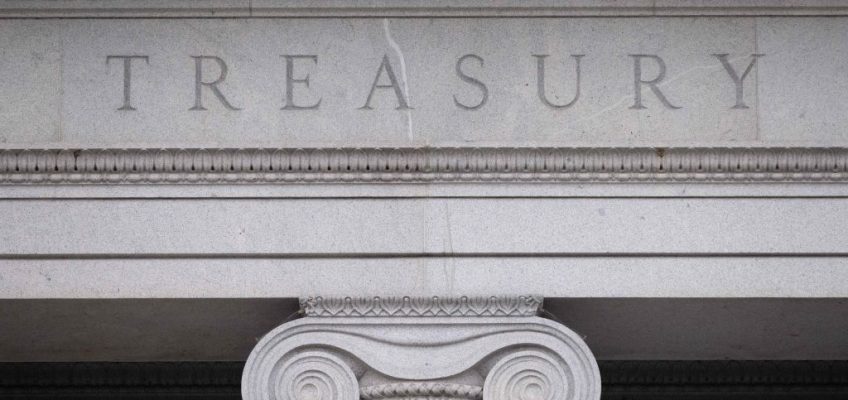There’s a good reason why investors are amazed that something hasn’t broken in the economy yet: The last time U.S. government bond yields climbed so far, so fast, the nation plunged into back-to-back recessions.
The 10-year Treasury yield — a key baseline for the cost of money across the financial system — has jumped more than four full percentage points over the past three years, briefly pushing it this week over 5% for the first time since 2007. It’s the biggest increase since the run up in the early 1980s, when Paul Volcker’s efforts to slay inflation pushed the 10-year yield to nearly 16%.
In one sense, the similarities are no surprise, since Fed Chair Jerome Powell’s interest-rate hikes have been the most aggressive since then. In another, it underscores just how much times have changed.
Related Articles
Questions you aren’t asking (but should) during open enrollment
Why are eggs so expensive and which are best? Cracking the code on carton labels
‘World’s safest asset’ proves anything but amid wild Treasuries
How to plan for a potential inheritance
Unwrapping the truth: Parents navigating financial hardship during the holiday season
In the 1980s, the monetary policy onslaught set off two recessions. Now, the economy has continued to defy pessimistic forecasts, with the Atlanta Fed’s estimate showing that in the third quarter it likely even gained steam.
Of course, policy was more restrictive during the Volcker era. Adjusted for consumer-price increases, the “real” 10-year Treasury yield — or what it paid after inflation — was around 4% by the time the second downturn of the period started in mid-1981, according to data compiled by Bloomberg. It’s around 1% now.
But the surprising economic strength has nevertheless injected large amounts of uncertainty into markets, where bond yields have pushed up sharply over the past several months amid increasing conviction that the Fed will keep interest rates high.
Whether such resilience can be sustained remains to be seen. Billionaire investor Bill Ackman closed his bearish bets against long-term bonds Monday, saying the economy is slowing fast.
Yet the year began with similar calls, accompanied by expectations that the bond market would rally as the Fed changed course.
Instead, bond prices have kept tumbling. The Bloomberg U.S. Treasury Total Index is down about 2.6% this year, extending its losses since the peak in August 2020 to 18%. In comparison, the worst peak-to-trough drawdown previously was a decline of about 7% in 1980, when the Fed’s key benchmark hit 20%. This selloff has been more painful because rates had been low, depressing the income payments that help to offset the hit.
Another factor has been the sharp increase in the federal deficit, which is flooding the market with new Treasuries at a time when traditional big buyers, including the Fed and other major central banks, have pulled back on bond buying. That’s seen as one reason why yields have marched higher in recent weeks even as the futures market shows traders think the Fed’s rate hikes are likely done.
“A hard landing is sort of our base case scenario — but I can’t point to any data and say, ‘This is a clear leading indicator of a recession and look right here,’”said Priya Misra, a portfolio manager at JPMorgan Asset Management
“Conviction levels are low,” she said. Investors who had been buying bonds “have all been hurt,” she said.
With assistance from Edward Bolingbroke.


Leave a Reply